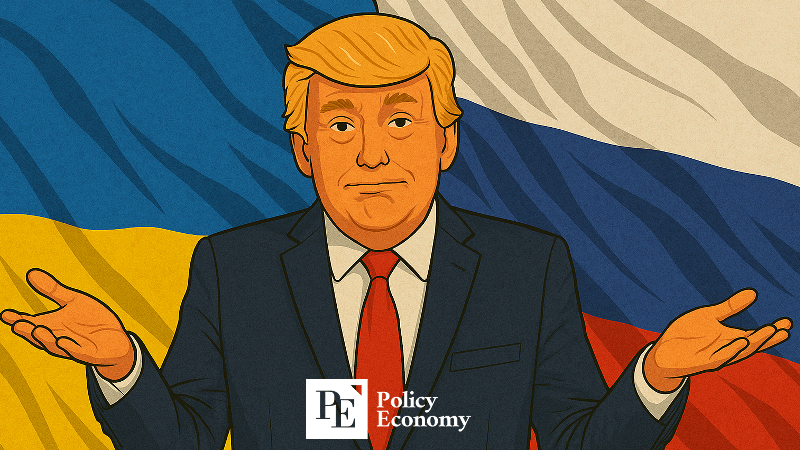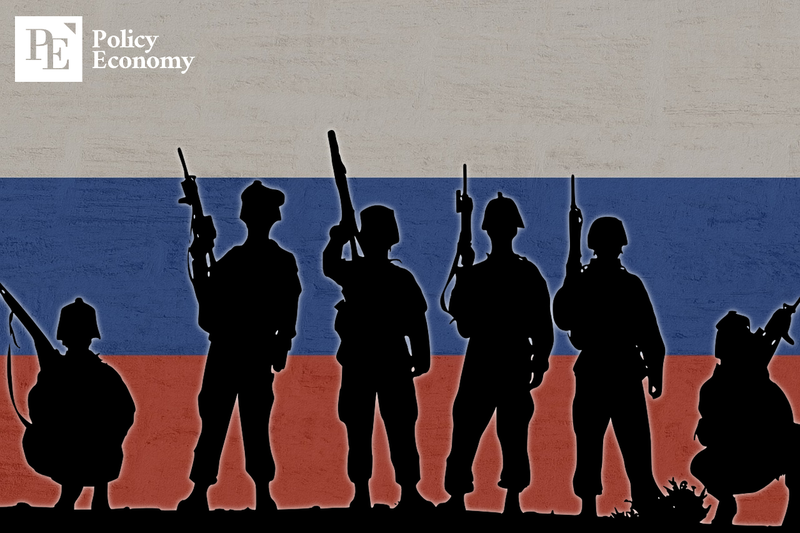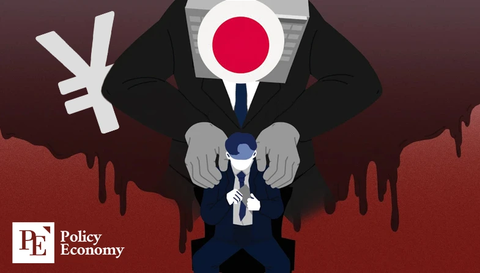Russia’s ‘War Economy’ Reaches Its Limits Amid Europe’s Tougher Sanctions and Trump’s Abandonment of Mediation
Input
Changed
Germany Considers Lifting Restrictions on Long-Range Missiles for Ukraine U.S.: Trump “Exploring Alternative Ways to Pressure Putin” Russia Sustained Growth Through Defense Spending, But Is Now Hitting a Wall

Major European countries and the United States are intensifying their military and economic pressure on Russia. Nations, including Germany, are expanding weapons support for Ukraine while also raising the level of sanctions against Russia. Meanwhile, U.S. President Donald Trump has effectively withdrawn from mediating an end to the war and is now reportedly considering additional sanctions.
Against this backdrop, Russia, which had previously fueled economic growth by massively increasing defense spending and benefiting from wartime demand, is now facing a loss of momentum. Analysts note that population decline, the outflow of skilled talent, and a military-centered Keynesian economic policy have reached their limits, signaling that Russia’s war-driven economy is running out of steam.
Germany: “Ukraine Must Strike Russian Territory in Self-Defense”
On the 26th of May (local time), Politico and other outlets reported that German Chancellor Friedrich Merz, speaking at the Europa Forum in Berlin, said, “The weapons supplied to Ukraine by the UK, France, Germany, and the U.S. are no longer subject to range restrictions.” He added, “A country that can only respond to attacks from within its own borders cannot defend itself sufficiently. Ukraine must now be able to strike Russian military facilities to defend itself.” This is being interpreted as effectively opening the door for Ukraine to target Russian military assets within Russian territory directly.
Ukrainian President Volodymyr Zelensky has been requesting Germany to supply Taurus long-range missiles for the past three years. Former Chancellor Olaf Scholz rejected the request, fearing it would provoke Russia. However, Merz has previously stated he would be open to supplying them in coordination with allies. While Merz maintained "strategic ambiguity" and did not confirm specific arms support during the forum, he later stated during a visit to Finland that “range restrictions were discussed months ago,” implying that the delivery of Taurus missiles remains a possibility.
German domestic media and politicians are interpreting Merz’s remarks as a pivotal moment for Taurus missile support. Thomas Röwekamp, Chair of the Bundestag Defense Committee, told the Frankfurter Allgemeine Zeitung (FAZ) that “Ukraine was previously denied the Taurus due to its ability to hit deep inside Russian territory, but now that restriction is gone. This could be a decisive turning point.”
Russia Intensifies Offensive Amid Waning U.S. Mediation Efforts
Meanwhile, President Donald Trump is reportedly considering new sanctions against Russia. The Wall Street Journal (WSJ) reported that Trump is weighing additional punitive measures this week and may abandon mediation efforts altogether if pressure proves ineffective.
Citing multiple sources, WSJ said the proposed sanctions may not target the banking sector, but that several alternative ways to pressure Russian President Vladimir Putin are under discussion. The report also noted that Trump is growing frustrated with the ceasefire talks, and if his final attempts at pressuring Putin fail, he may fully withdraw from the negotiation process.
According to WSJ, Trump’s inner circle, including Senator Lindsey Graham, has urged him to stop viewing Putin as a negotiation partner and instead apply maximum pressure. Trump reportedly echoed this stance by recently stating that “Putin has gone completely mad,” signaling he is seriously considering tougher sanctions.
As Trump appears to retreat from diplomatic mediation, Russia has escalated its offensive in Ukraine. Experts say Russia perceives Washington’s diplomatic withdrawal and Ukraine’s dwindling weapons stockpile as an opportunity. The New York Times reported that since taking office, Trump has not approved a single new military aid package for Ukraine, nor has he clarified his position on how to utilize the USD 3.85 billion in support funds approved by Congress.

Russia’s War-Driven Economy Now Reaches Its Limits
Despite these developments, Russia has not shown an immediate reaction to Western sanctions, largely because its economy has remained unexpectedly strong. Last year, Russia’s GDP grew by nearly 4.1%, and unemployment stood at just 2.4%. Wages have increased, consumer spending has surged, and the economy appears overheated rather than strained. In March 2025 alone, the Russian RTSI stock index rose 15%, and over three months, it jumped 39%. On March 13, when news broke of potential peace talks in Riyadh, the index surged 10% in a single day.
Analysts attribute this resilience to military Keynesianism—a policy model where governments stimulate economic growth through public spending, especially on defense. A historical precedent often cited is Nazi Germany, which grew its economy by 55% from 1933 to 1937 through massive rearmament programs. In Russia’s case, enormous military expenditures have kept defense firms operating 24/7 in three shifts, while weapons factories facing labor shortages have driven up wages across the board.
However, experts warn that this war-fueled growth model has reached its limits. Keynesian policies require sufficient resources and reserves, which Russia is now exhausting. The most critical shortage is human capital. Even before the war, Russia faced natural population decline and relied heavily on immigration to fill labor gaps. Since the war began, there has been a mass exodus, particularly of high-skilled professionals in IT and finance, with an estimated 750,000 people fleeing the country. In addition, 10,000 to 30,000 young men are being conscripted each month, further straining the labor force.
Experts concur that “growth driven by war has its limits.” While short-term expansion may be achieved through increased defense spending, this does little to build sustainable economic strength. Investment in key areas like education, science and technology, and healthcare—which contribute to future productivity—has dramatically declined in Russia. Resources have instead been funneled into tank production, weapons manufacturing, and troop mobilization, all of which offer low productivity returns. Combined with brain drain and demographic decline, analysts say Russia has veered far off course from sustainable growth.





















